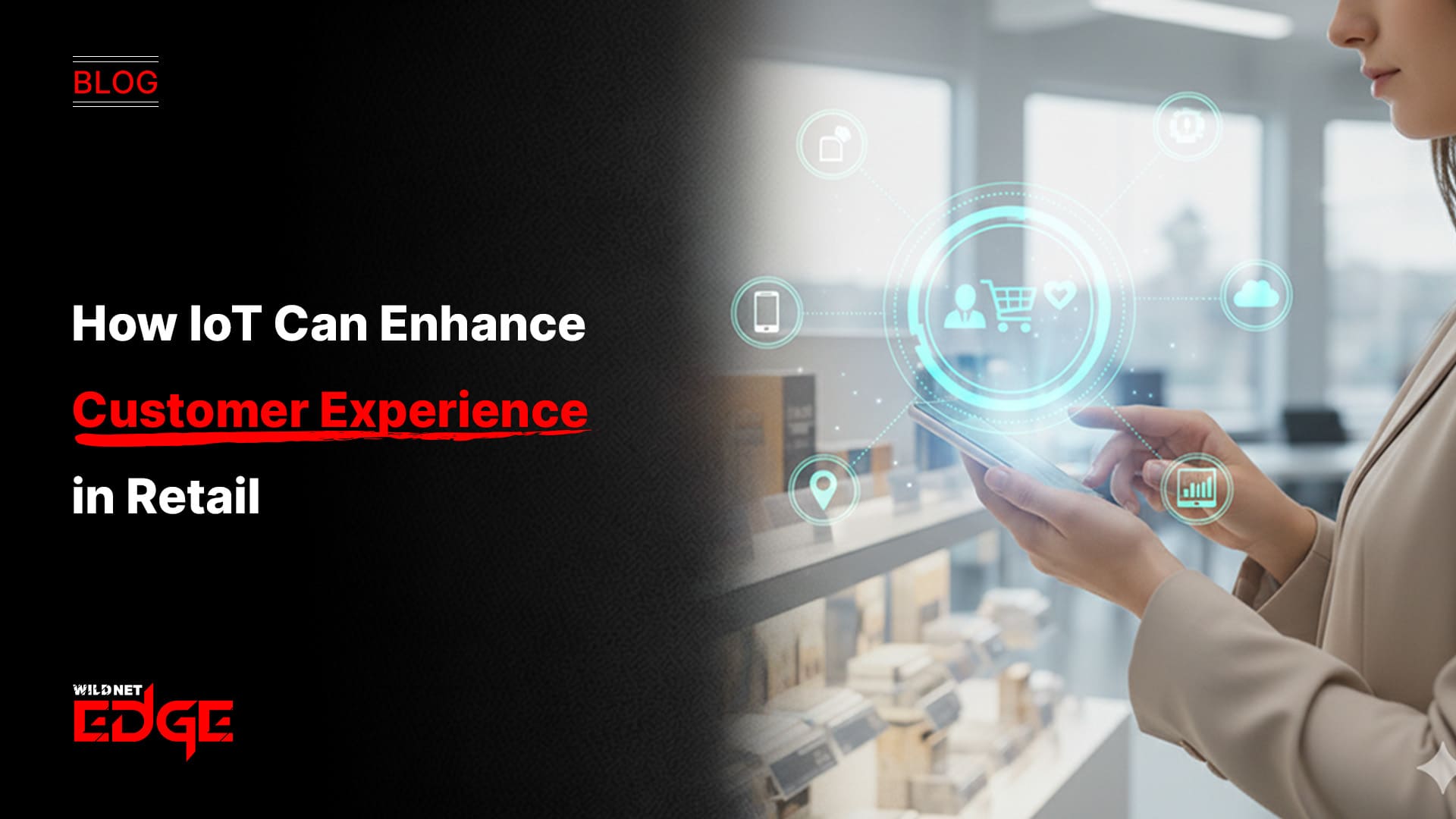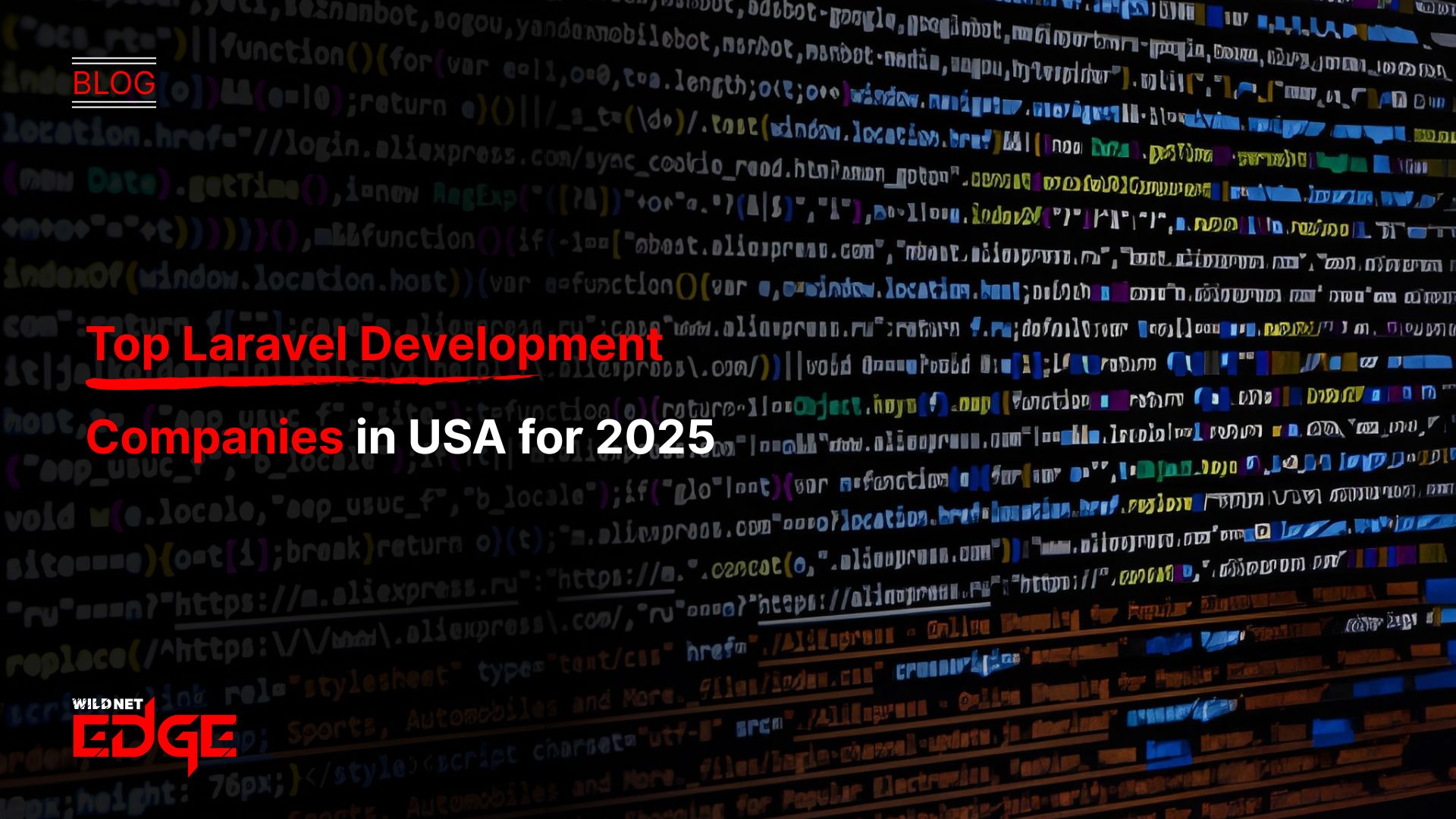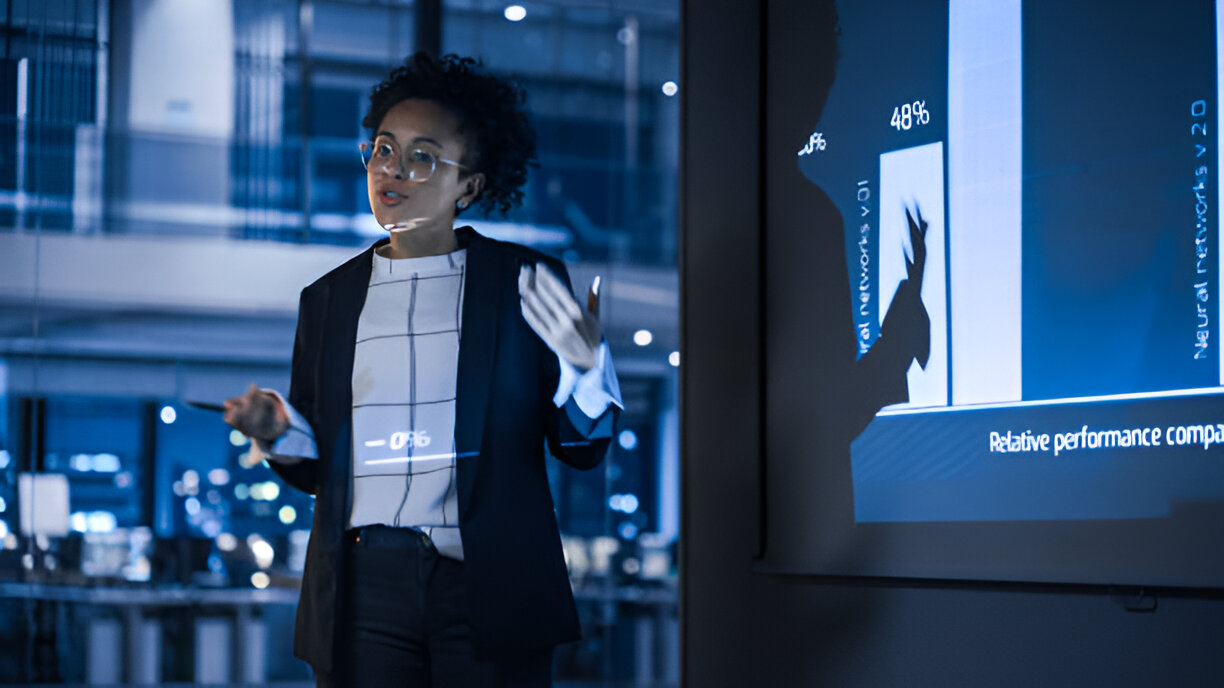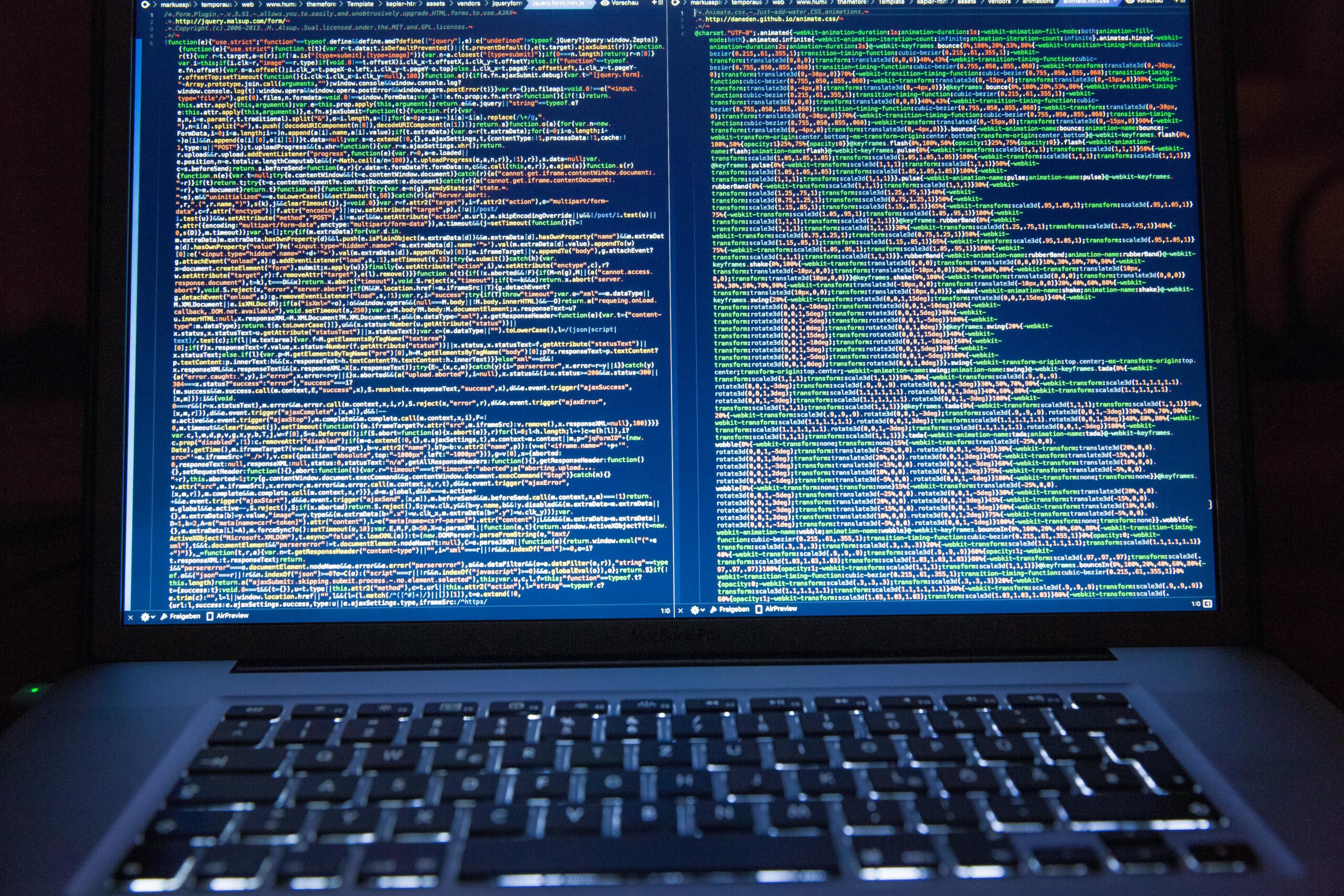TL;DR
This article explores how IoT transforms the retail customer experience by enabling interactive, personalized shopping. Using sensors and connected devices—like smart shelves, beacons, and frictionless checkouts retailers can improve inventory accuracy, deliver tailored offers, and streamline transactions. IoT personalization boosts customer satisfaction, sales, and brand loyalty by seamlessly blending digital and physical shopping.
The retail landscape is undergoing a dramatic shift. Customers no longer see a distinction between online and offline shopping; they expect a seamless, personalized, and convenient experience wherever they interact with your brand. While eCommerce has mastered personalization through data, the physical store has often lagged behind. The Internet of Things (IoT) is changing that. By embedding intelligence into the physical retail environment, IoT in retail customer experience is bridging the digital-physical divide and creating truly revolutionary shopping journeys.
What is IoT in Retail Customer Experience?
The term IoT in retail customer experience encompasses the integration of various technologies such as interconnected sensors, devices, cameras, and software in a brick-and-mortar retail space for the purpose of real-time data collection. the data is monitored for store operations improvement, but even more for customer to have a better, more personalized and smoother experience.
One has to think of it as providing the physical store with the same data-gathering tools available on the website. From intelligent shelves that can inform about low stock to beacons that send customer-specific discounts to one’s mobile device, the connected retail solutions have totally made the store a location where one can easily interact and be educated with the products. However, implementing such complex systems often means relying on the high-level skills usually possessed by an IoT Development Company.
Why IoT is Revolutionizing the In-Store Experience
Adopting IoT isn’t just about implementing cool gadgets; it’s a strategic move to meet evolving customer expectations and drive business results.
Hyper-Personalization in the Physical World
Online retailers excel at personalization based on browsing history. IoT brings this power into the physical store. Technologies like Bluetooth beacons can identify a loyal customer when they enter the store (if they’ve opted-in via a mobile app) and send a personalized welcome message or a targeted discount based on their known preferences. This level of IoT personalization makes the shopping experience feel unique and relevant, significantly boosting engagement and the likelihood of a purchase. Studies, like those from McKinsey, indicate personalization can significantly lift revenues.
Frictionless Shopping and Checkout
Long checkout lines are a major pain point. IoT enables concepts like “grab-and-go” shopping (popularized by Amazon Go), where sensors and cameras automatically track the items a customer picks up, allowing them to simply walk out while their account is charged automatically. Even simpler applications, like smart carts that tally items as they are added, dramatically reduce friction at the point of sale. These innovations often integrate with existing systems managed by an Ecommerce Development Company.
Enhanced Product Discovery and Information
Imagine a customer picking up a product and instantly seeing related information, reviews, or usage videos appear on a nearby digital display. Smart mirrors in fitting rooms can suggest complementary items or allow shoppers to request different sizes without leaving the room. These connected retail solutions make the product discovery process more interactive and informative, mimicking the rich content available online. Integrating these experiences often involves partnerships with a skilled Custom App Development Company.
Optimized Store Layout and Operations (Indirect CX Benefit)
While not directly customer-facing, IoT also optimizes the store’s backend, which indirectly improves the customer experience. Sensors tracking foot traffic patterns help optimize store layouts. Smart shelves ensure popular items are always in stock. Automated temperature monitoring in grocery stores ensures product freshness. A smoothly run store leads to a better shopping experience. Implementing these backend optimizations might involve a SaaS Development Company if leveraging cloud-based management platforms.
Key IoT Technologies Transforming Retail
A number of particular technologies are improving the user experience in this way.
- Beacons (Bluetooth Low Energy – BLE): tiny devices that communicate with nearby mobile phones and make it possible to offer personalized discounts and guide the customers through the store.
- RFID Tags: These are applied to the items in order to provide immediate updates about their availability on the sales floor and to avoid running out of stock.
- Smart Shelves: Shelves could be made using weight sensors or cameras through which the stock can be checked and the customer using the product can be detected.
- Computer Vision Cameras: Monitor and count customers, determine their age group (without revealing their identity), and see how they interact with the products.
- NFC/QR Codes: Customers are given the opportunity to use their smartphones to get product information quickly or to start the payment process.
Our IoT Retail Solutions in Action: Case Studies
Case Study 1: A Department Store’s Personalized Offers
- The Challenge: A large department store wanted to leverage its loyalty app to create a more personalized in-store experience and combat showrooming (where customers browse in-store but buy online).
- Our Solution: We deployed a network of BLE beacons throughout the store. When loyalty app users entered specific departments, the beacons triggered personalized push notifications offering relevant discounts or highlighting new arrivals based on their past purchase history.
- The Result: The store saw a 25% increase in offer redemption rates from app users. Customer feedback indicated a significant improvement in the perceived personalization of the shopping experience, leading to higher visit frequency.
Case Study 2: A Grocery Chain’s Smart Shelf Rollout
- The Challenge: A grocery chain was struggling with frequent stockouts of popular items, leading to lost sales and customer complaints. Manual inventory checks were time-consuming and often inaccurate.
- Our Solution: We partnered with them to implement smart shelves equipped with weight sensors in their high-turnover aisles. The shelves automatically detected when stock levels dropped below a certain threshold and sent real-time alerts to store staff via a mobile app. This project showcased sophisticated IoT personalization of store operations. A skilled Product Development Company can assist in designing both the hardware sensors and the integrated software alerts for such systems.
- The Result: Stockouts for key items were reduced by over 60%. The real-time data also allowed the chain to optimize its replenishment schedules, reducing excess inventory and improving overall operational efficiency.
Our Technology Stack for Connected Retail
We use a modern, scalable stack to build reliable connected retail solutions.
- IoT Platforms: AWS IoT, Microsoft Azure IoT Hub, Google Cloud IoT Core
- Connectivity: BLE, Wi-Fi, LoRaWAN, RFID
- Edge Computing: AWS Greengrass, Azure IoT Edge
- Data Processing & Analytics: Kafka, Spark, Databricks
- Mobile App Frameworks: Swift, Kotlin, Flutter, React Native
Conclusion
The future of retail lies in the seamless integration of the digital and physical worlds, and IoT in retail customer experience is the key enabling technology. By leveraging connected retail solutions to gather real-time insights and deliver personalized interactions, businesses can move beyond simple transactions to build deeper, more valuable customer relationships. Embracing IoT personalization is no longer just an option; it’s essential for creating the engaging, frictionless experiences that modern shoppers demand.
Ready to elevate your retail experience? At Wildnet Edge, our AI-first approach enhances our Software Development Solutions. We don’t just connect devices; we build intelligent systems that analyze customer behavior and optimize the shopping journey, turning your physical space into a powerful engine for growth.
FAQs
Being open and user-friendly are the most important things. The gathering of personalized data (e.g., location through beacons) has to be accompanied by a user opt-in that is clear and explicit, usually through a mobile app. It is important to inform users clearly about the data that is being collected and how it will be used to improve their shopping experience, and also to provide them with easy ways to opt out.
The largest hurdle is usually the upfront infrastructure investment (sensors, beacons, and network upgrades) and the integration of the new IoT data streams with the current systems such as POS or inventory management which are considered as legacy. A gradual rollout concentrating on areas that will have the most impact can help lessen this.
A surprising advantage is improved product availability. IoT-enabled smart shelves and real-time inventory tracking practically eliminate frustrating stockouts, thus assuring customers will find the items they are looking for which is an important part of a good experience.
Definitely. Beacons are still very important and they are also a very cheap way to establish location-aware interactions within certain areas of the store. Other technologies like Wi-Fi tracking or computer vision have their own advantages, but beacons are the best at activating users’ phones with the relevant micro-experiences.
IoT can connect the online and offline journeys. For example, if a user adds an item to their online wishlist, a beacon could trigger a notification reminding them about it when they are near that product in the physical store, increasing the likelihood of conversion.
The ROI comes from multiple sources: increased sales through personalization and better product availability, reduced operational costs from optimized staffing and inventory, and higher customer lifetime value due to enhanced loyalty and engagement. Measurable improvements in conversion rates and AOV are common.
The maintenance of IoT devices involves periodically checking their connectivity, battery life (in the case of wireless sensors/beacons), and software updates. The process can be simplified by using a centralized IoT platform and reliable hardware. Regular consultation with your implementation provider for support is also recommended.

Nitin Agarwal is a veteran in custom software development. He is fascinated by how software can turn ideas into real-world solutions. With extensive experience designing scalable and efficient systems, he focuses on creating software that delivers tangible results. Nitin enjoys exploring emerging technologies, taking on challenging projects, and mentoring teams to bring ideas to life. He believes that good software is not just about code; it’s about understanding problems and creating value for users. For him, great software combines thoughtful design, clever engineering, and a clear understanding of the problems it’s meant to solve.
 sales@wildnetedge.com
sales@wildnetedge.com +1 (212) 901 8616
+1 (212) 901 8616 +1 (437) 225-7733
+1 (437) 225-7733































